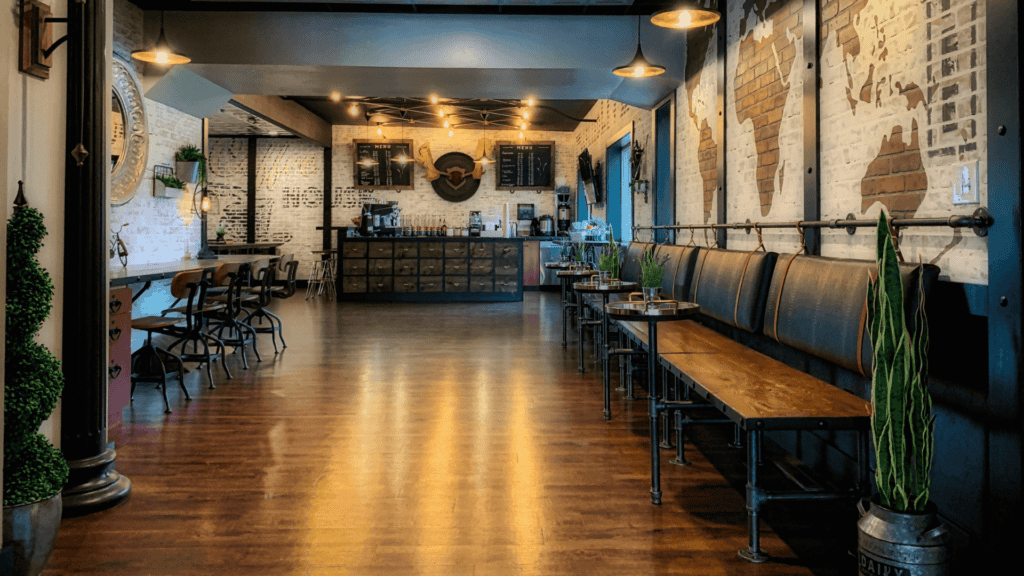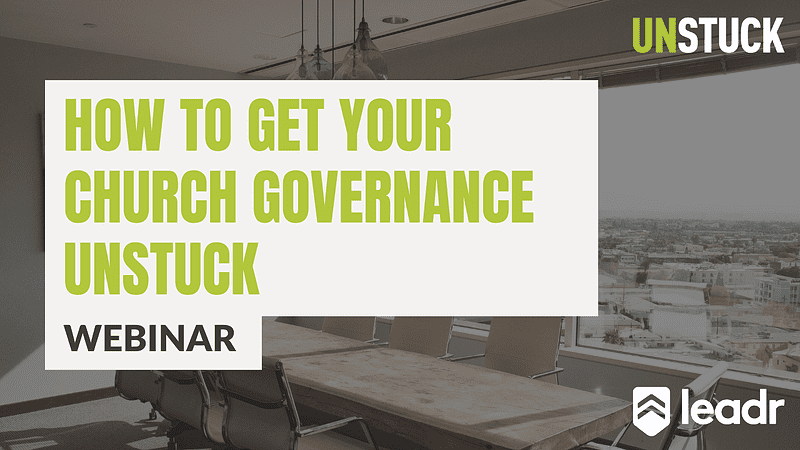by Mel McGowan
Over a third of most church budgets are devoted to space/housing but minimal thought is given to this area. During our first decade at Visioneering Studios, we have joined the design-build efforts of almost a thousand ministries around the world. Here are the top 5 paradigm shifts that have made the biggest eternal impacts:
- Wells vs. Temples: When discussing sacred space, most church leaders and architects see themselves as modern temple builders. Most of us know theologically that we are the temple, not the bricks and mortar, however this fails to translate into our building programs. We prefer to dig “postmodern wells” where the Samaritan woman of today who never would have made it to church on Sunday can encounter words of eternal life and the body of Christ through a casual encounter while trying to get a drink. These gathering places have more of an opportunity for 7 day a week encounters which tear down the walls between lost and found, ecclesia and the city while meeting the mind, body, and spirit needs of the community.
- Our customer: Are we designing for those already in the walls, or for those who have yet to darken our door? The answer to this questions leads to radically different end results. The natural tendency is to treat our facilities as we would that inherited family vacation home that we return to year after year. Most church interior decorating committees vote on what they like. Because of our background in designing destinations that have to be market competitive, Visioneering naturally asks more questions related to who our clients are trying to reach (psychographics, demographics, etc).
- Form follows Fiction vs. Form follows Function: Modern architects love to quote mantras like “form follows function” or “less is more,” to justify glass and concrete boxes. However, throughout history, space has told stories. From cathedrals to Walt Disney’s environments, people have been drawn to environments which allow them to engage in stories bigger than themselves. We have learned that there are many more effective, flexible, and cost effective ways of spatial storytelling than using expensive architectural/structural elements to do the heavy lifting. Visioneering projects often utilize color, lighting, environmental graphics, digital projection, wayfinding signage, and landscape architecture to engage people in a “Big Idea” that draws outsiders into the unique intersection of people and place.
- Community vs. Campus: The campus typology is historical internally oriented monasteries and early colleges, which were designed for separation from the world. Visioneering has learned that it is time to lower the drawbridge. As a herd species, people are hard-wired to hunger for community. Internally oriented campus designs hide the very thing that non-believers are so hungry for inside of a box or behind parking lots and buildings which “moon the community.” We focus on human-scale design at the 100% intersection which visually communicate and present an invitation to the thousands of people in cars driving by.
- Necessary Evil vs. Re-creation: I’ve seen the rise of an unhealthy “Gnosticism of place” rise in which church leaders are too “spiritual” for bricks and mortar and would never consider debt to make room for the lost. I would be curious to find out if these same leaders had home mortgages or if they find that the best place to raise their own children is in transient/borrowed spaces. We choose to join God in His on-going act of creation, by creating destinations that connect people vertically (with the Creator and his Creation) as well as horizontally. This sounds more like His will being done on Earth as it is in Heaven than putting up more embarrassing, ugly church buildings which sit empty 6.5 days a week, just to keep the rain off the heads of the “holy huddle” for a few hours.
Click here to download Design Intervention: Revolutionizing Sacred Space, a FREE eBook by Mel McGowan.






